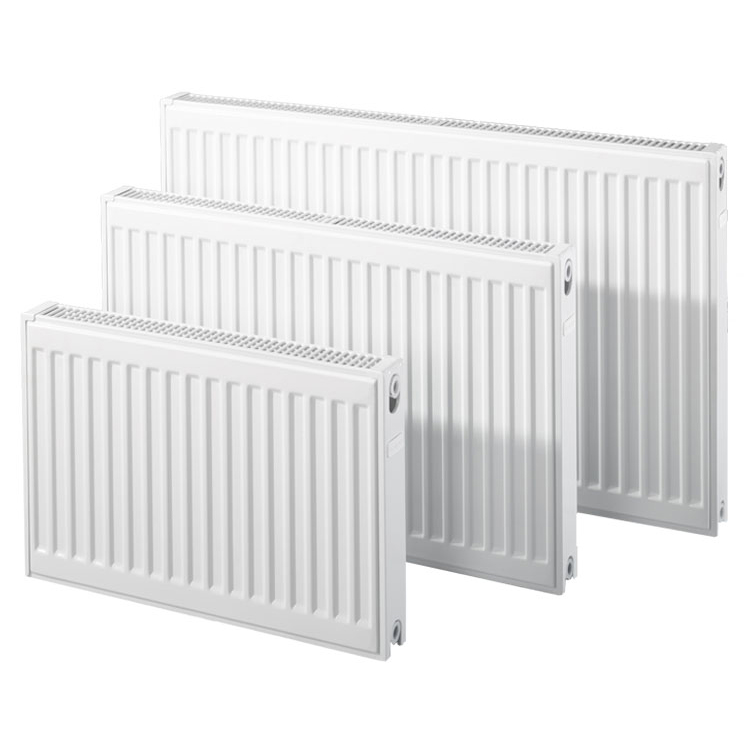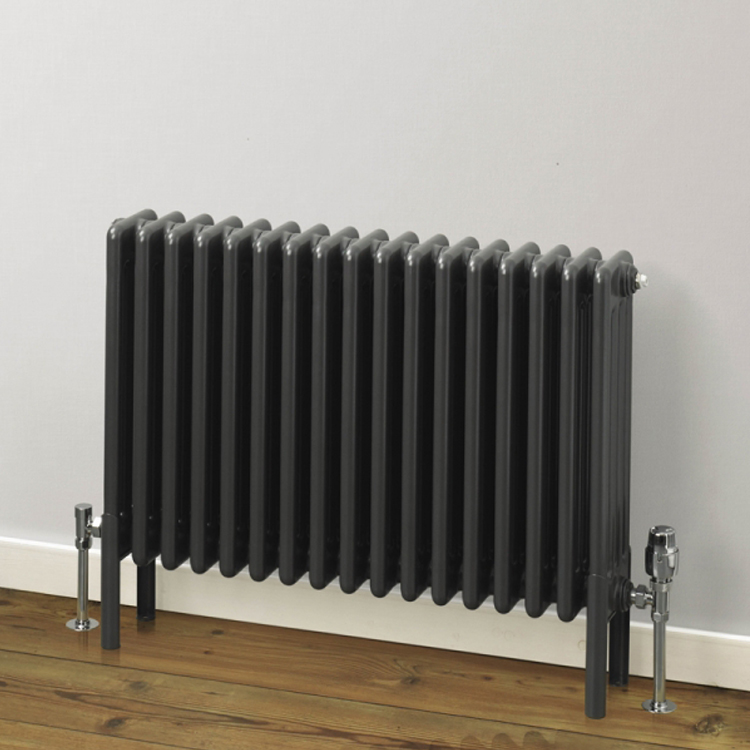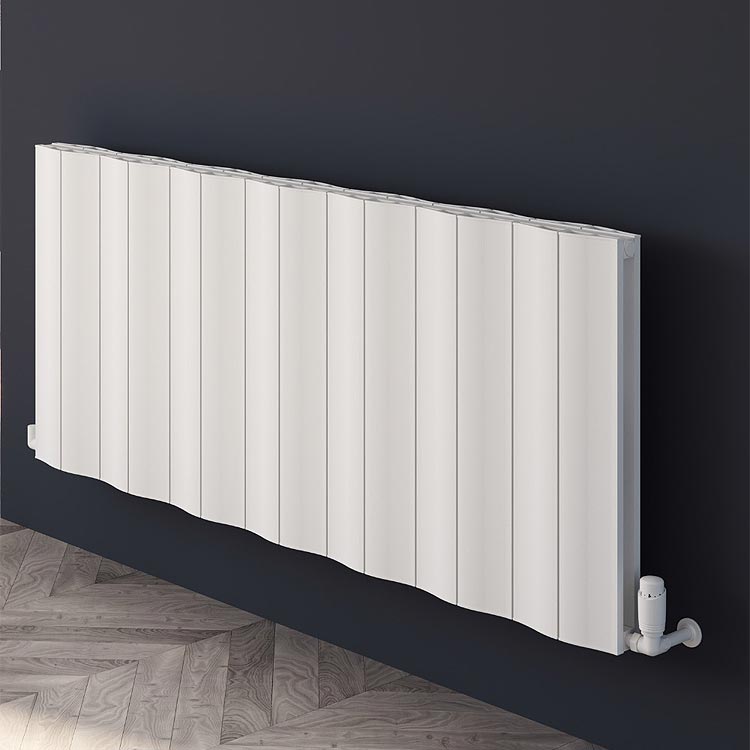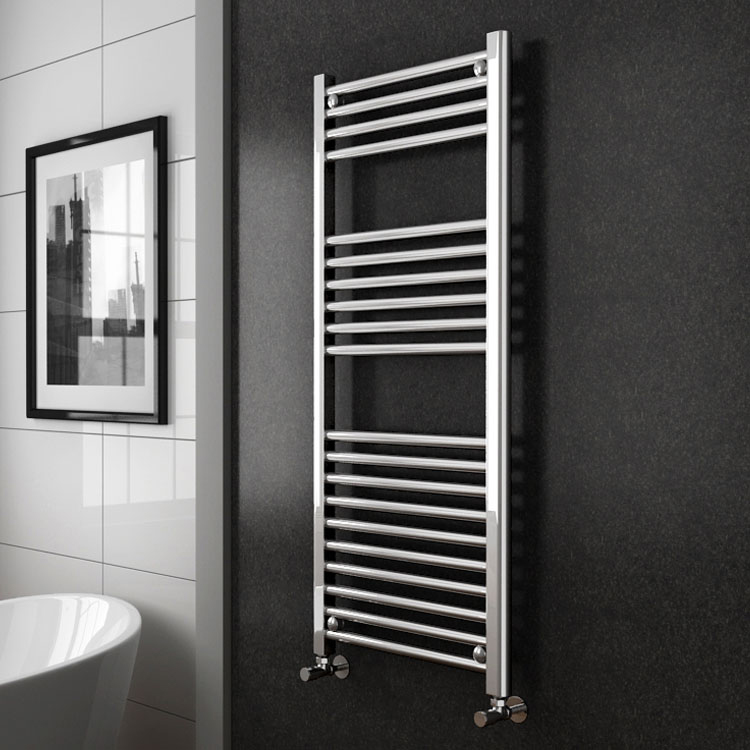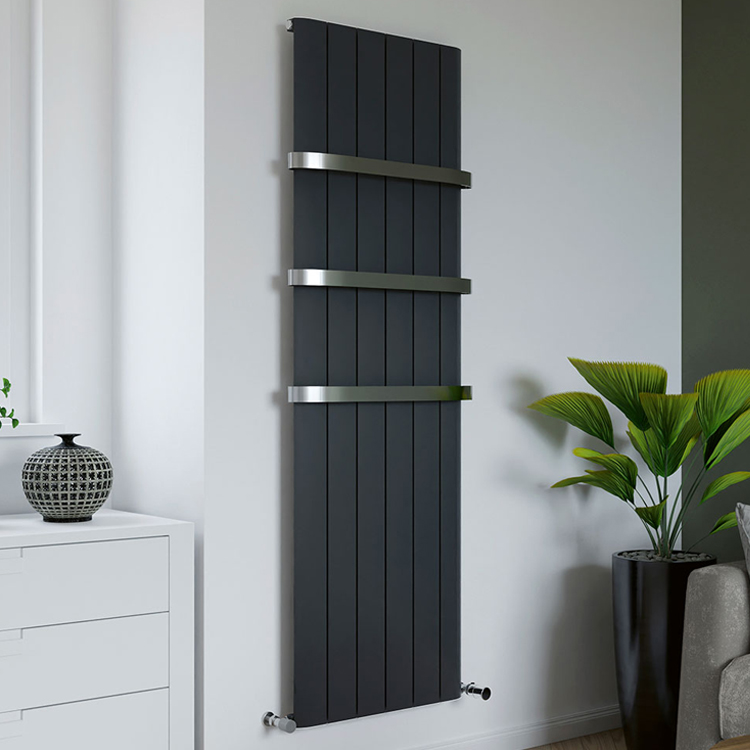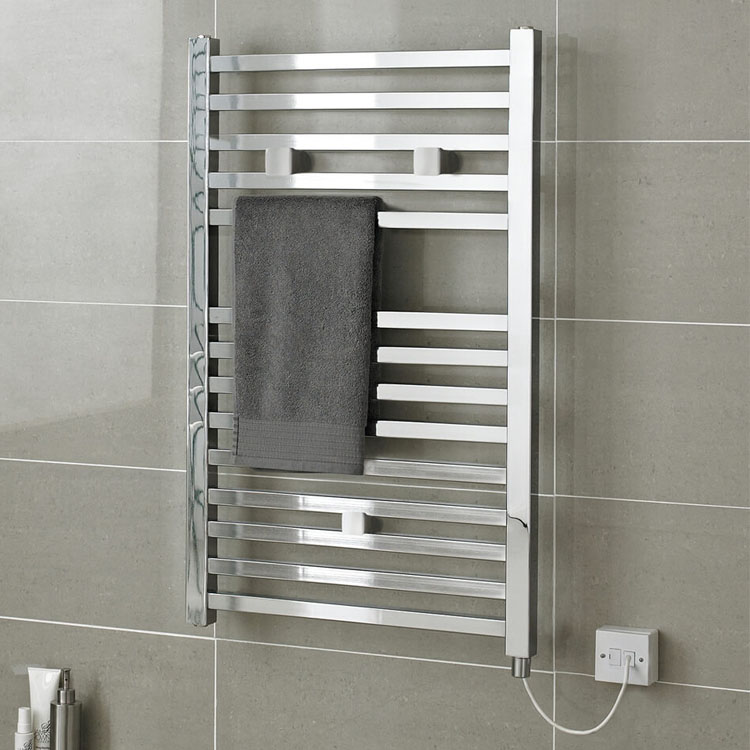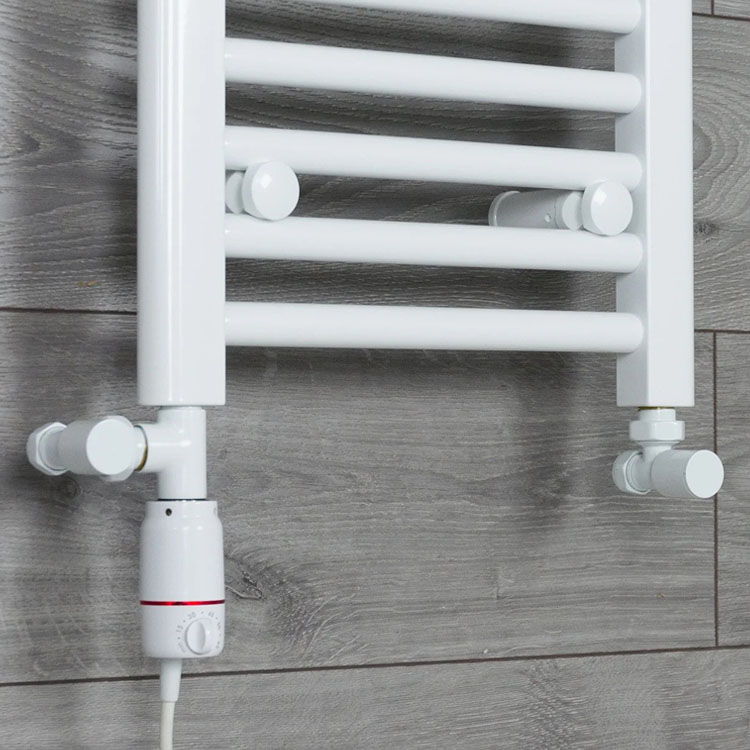Positioning Your Radiator for Optimal Heating
The positioning of your radiator is a crucial factor in ensuring that your space remains warm and comfortable. Whether you're installing a new radiator or looking to optimise the performance of an existing one, understanding the principles of radiator placement is essential. This guide will provide you with valuable insights on how to position your radiator for optimal heating efficiency.
1. Locate the Cold Spot:
To maximise heating efficiency, it's essential to identify the coldest spot in the room. This is typically an exterior wall, a window, or a draft-prone area. Placing the radiator near this cold spot ensures that it effectively counteracts heat loss and maintains a cozy temperature.
2. Underneath the Window:
One of the most common and effective radiator placements is beneath a window. Cold air tends to enter through the window, creating a chilly zone. By positioning the radiator beneath the window, you create a barrier of warm air that prevents cold drafts and minimises heat loss.
3. Allow Air Circulation:
Radiators operate through the convection process, where warm air rises and cold air falls. Ensure that there is sufficient space above and around the radiator for air to circulate freely. Avoid placing furniture or curtains that obstruct the natural flow of warm air.
4. Radiator Sizing Matters:
Select a radiator that is appropriately sized for the room it will heat. An undersized radiator will struggle to warm the space, while an oversized one may result in excessive heating and energy wastage. To determine the right size, you can use our Radiator Size Calculator that considers room dimensions, insulation, and the room type.
5. Consider Radiator Type:
The type of radiator you choose can impact its optimal positioning. For example, panel radiators are versatile and can be installed on various wall surfaces. Column radiators, on the other hand, require a sturdy wall due to their weight. Designer radiators often serve a dual purpose as both heating appliances and decorative elements, making their placement strategic for both aesthetics and comfort. For more information on radiator types Click Here
6. Keep Radiators Unobstructed:
Radiators should be free from obstructions to allow for efficient heat distribution. Avoid placing large furniture, like sofas and cabinets, in front of or directly against the radiator. When possible, use reflective materials on walls or behind the radiator to reflect heat into the room.
7. Thermostatic Radiator Valves (TRVs):
Consider installing thermostatic radiator valves (TRVs) on your radiators. These valves allow you to control the temperature of individual radiators, which can be especially useful in multi-room heating systems. TRVs help maintain a comfortable temperature in each room, reducing energy consumption. It's not a bad idea to have a radiator with a heat output installed with a set of TRV valves to control the temperature when needed, always best to have more heat available than not enough.
8. Regular Maintenance:
Ensure that your radiators are bled and maintained regularly. Trapped air in the system can reduce heating efficiency. By bleeding the radiators, you remove the air, allowing hot water to flow unobstructed and heat the room more effectively.
Optimally positioning your radiator is a key step in ensuring efficient and effective heating. By considering factors like the cold spot, radiator size, type, and air circulation, you can create a warm and comfortable environment while maximising energy efficiency. Keep in mind that regular maintenance and the use of modern heating controls, such as TRVs, contribute to consistent and cost effective heating. Make informed decisions to keep your space cozy and welcoming throughout the colder months.
Now that you know more about radiator positioning, why not take a look at our range below:
Your Cart
Your Account
 Login Status
Login Status 

